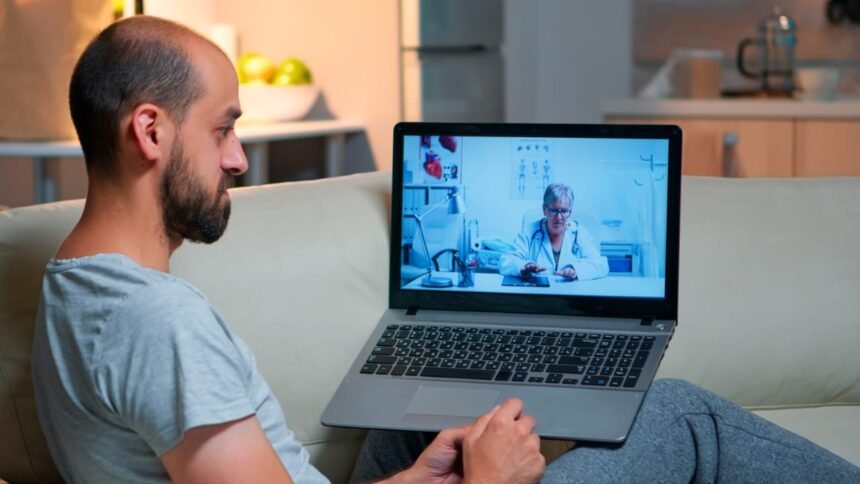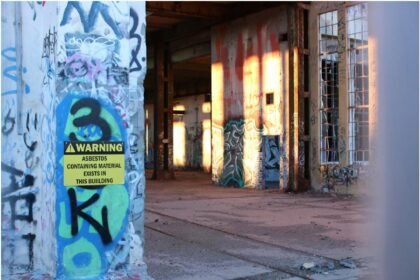Chronic health issues such as hypertension, diabetes, COPD, and heart failure are long-term diseases that require constant monitoring and prevention. The model of traditional care, based on periodic physical visits to a healthcare facility once every several months, does not reveal the day-to-day variable nature of a patient, their health, and, as a result, causes avoidable complications, emergency care visits, and hospitalizations. This is where the Remote Patient Monitoring platform comes into play.
RPM enables healthcare professionals to track a patient’s vital signs and symptoms in real-time outside the clinic, thanks to connected devices. This is not only an upgrade in technology for managing chronic diseases, but also a shift in the nature of care delivery, making it more proactive, personalized, and sustainable.
The Problem with Episodic Care for Chronic Conditions
Development of chronic diseases does not happen in a day, and their progress does not occur linearly and predictably. However, the majority of care plans are constructed on the basis of low-frequency check-ups, thus making minor indications unnoticed. The blood pressure of a hypertensive patient may surge for weeks without being noticed. The glucose of a diabetic patient can be unstable between visits, and complications are likely to occur.
The result is a cycle of reactive care. Patients show up in crisis. Providers scramble to treat. Costs soar. Outcomes lag. RPM breaks such a model by ensuring that there is no gap between the time of an office visit and data can always be collected, and earlier action implemented.
How RPM Transforms Monitoring for Chronic Illness
Patients also have access to FDA-cleared devices such as blood pressure cuffs, glucometers, pulse oximeters, and digital scales with RPM through which the data is automatically forwarded to their healthcare provider. This in-time view assists clinicians in identifying anomalies and acting prior to a condition deteriorating.
To illustrate, when a heart failure patient develops a three-pound weight gain within a 24-hour period, the symptom could be the presence of fluid or water retention, a possible indication of decompensation. Lacking RPM, that could remain unnoticed until the moment when the patient lands at the hospital. Through RPM, to respond to an alert, it may indicate medication adjustment or check-in without even one trip to an ER.
The process of such early detection and a real-time feedback loop is essential in the management of complex conditions that are not of a certain pattern.
Improving Patient Engagement and Accountability
Chronic patients have poor adherence rates- taking drugs, checking their vital signs, and observing diets. RPM tools act as both reminders and motivators. In cases when patients understand that a person is doing round-the-clock rechecking on the information, they would tend to be more active in the process of the care plan that is provided to them.
Some platforms provide daily check-ins, symptom monitoring, or education, which support lifestyle habits to enhance outcomes. In the long term, this continuous feedback provides patients with an idea of how their behavior has a certain impact on the condition, which in turn contributes to the improvement of self-management.
This isn’t theoretical. Evidence reveals that patients who receive RPM have increased compliance with adherent regimes, adherence to follow-ups, and satisfaction with medical care. It is huge in the sphere of chronic disease management, where patient behavior contributes to such a huge extent.
Reducing Readmissions and ER Visits
RPM plays a critical role in preventing hospital readmission, which is a significant cost factor in the care of chronic diseases. The Medicare statistics indicate that readmission rates are pretty high within 30 days when it comes to such conditions as heart failure and COPD. RPM addresses this issue directly by tracking the patients during the week post-discharge time frame.
In case the status of a patient has begun to decline, RPM enables a care team to act in real-time. It can spell a switch of meds, a visit to see what a telehealth option sends, or calling a nurse. Such a quick and evidence-based reaction is able to eliminate minor problems before they develop into crises.
This is not only a less-stressful position on hospital resources, but it is also in line with quality benchmarks that have reimbursement implications, particularly in a value-based care system.
Customization of Care Plans Through Real-Time Data
RPM does not merely take numbers, but it allows drawing a better portrait of a patient when it comes to their daily life activity in relation to health. As an example, in case the glucose levels of a diabetic patient peak at some specific points, the providers will be able to change the meal plans or the insulin intake. In case the oxygen values of a COPD patient fall during testimony, this may result in a prescription change or application of overnight oxygen treatment.
The data granularity provided by RPM enables the providers to identify the trends, triggers, and outliers, which might have remained unidentified otherwise. Care plans are no longer generic-they have been able to change according to what is taking place in the life of the patient.
Conclusion
The control of chronic diseases is one of the most acute problems of the healthcare sphere, and Remote Patient Monitoring is the real, scalable solution. It covers the gap between visits, transforms the data into action, and enables patients and providers to have control over the condition instead of the condition having control over them.
This isn’t about gadgets. It is about the radical redesign of the car for individuals with long-term conditions. The outcomes themselves are eloquent: a reduction in admissions, improved results, and more involved patients. RPM will not be the future of chronic care; it will be the new standard. Providers who ignore it will fall behind. The people who adopt it will be ahead of the pack in terms of making healthcare smarter and responsive.
For More Information Visit Timelymagazine








